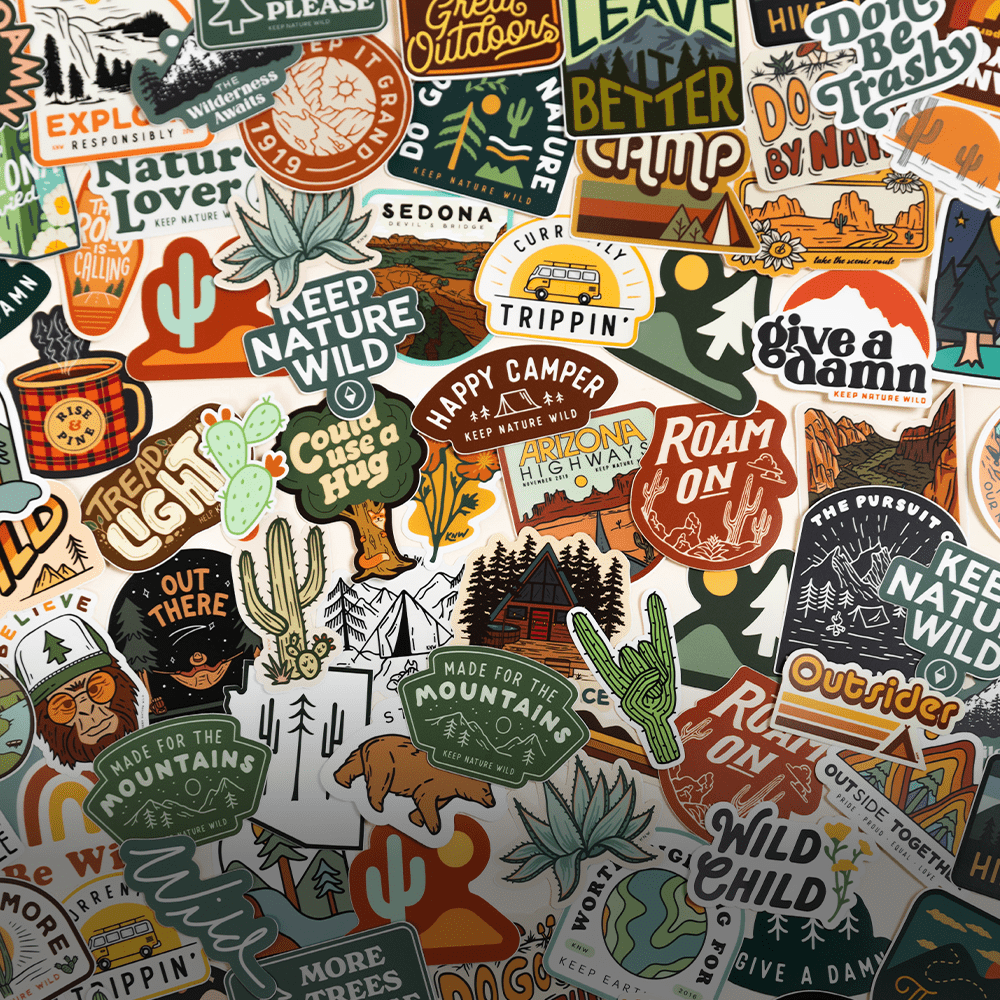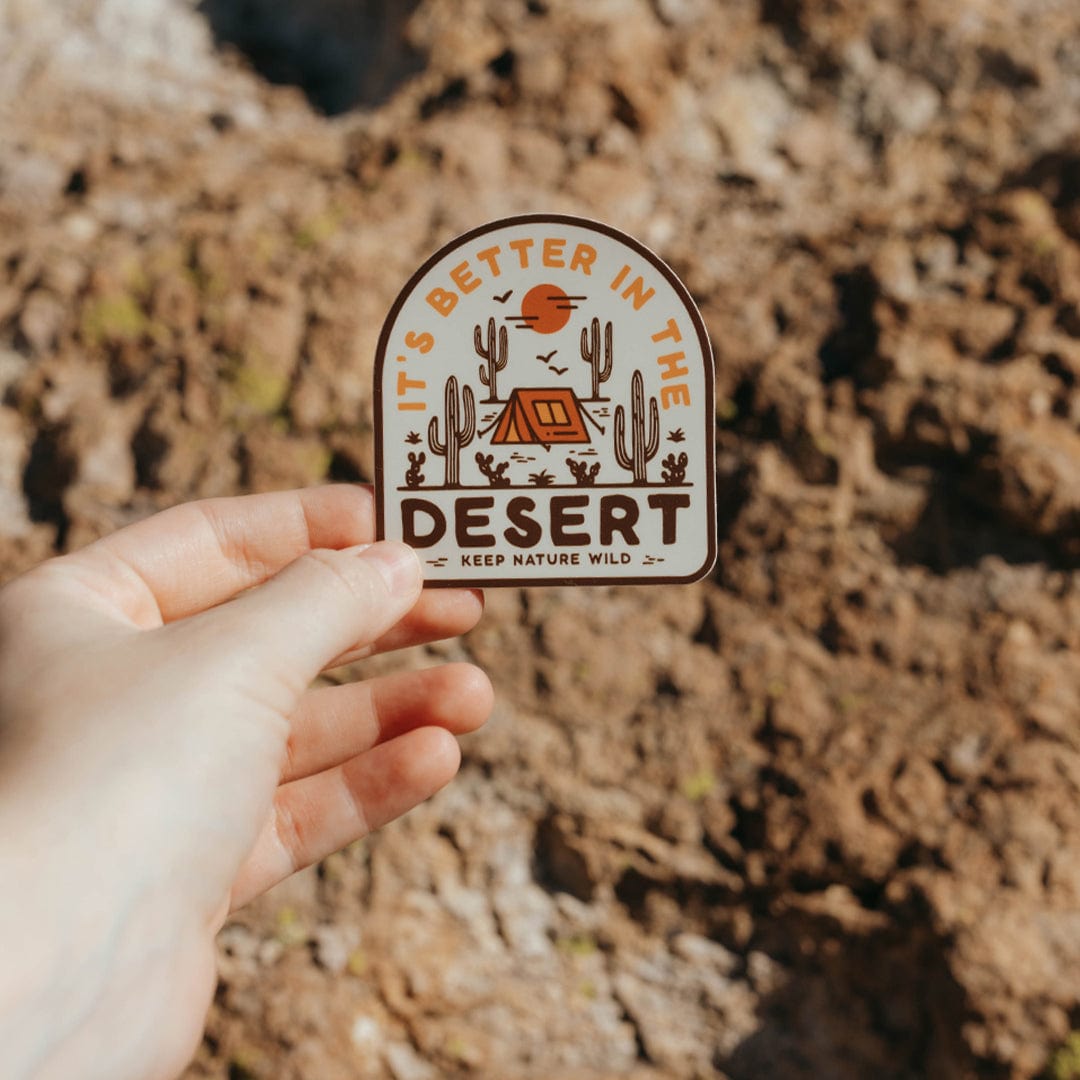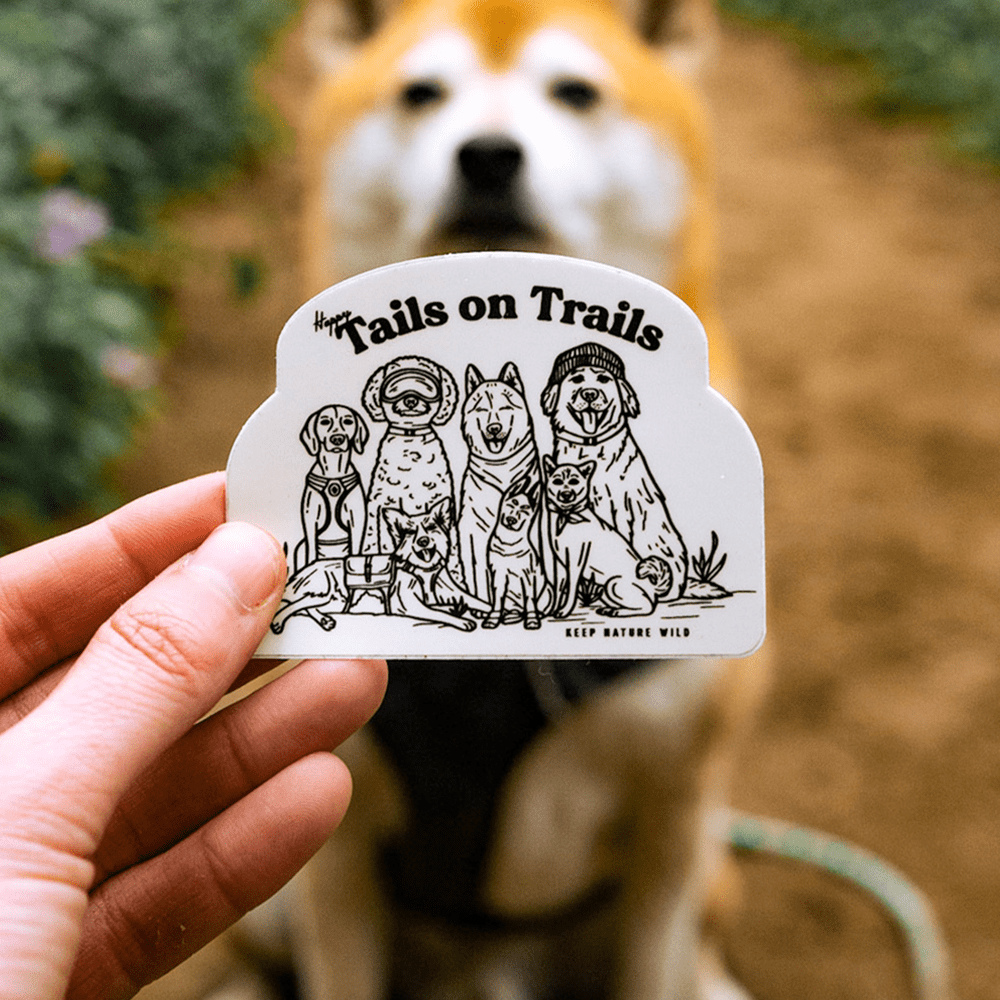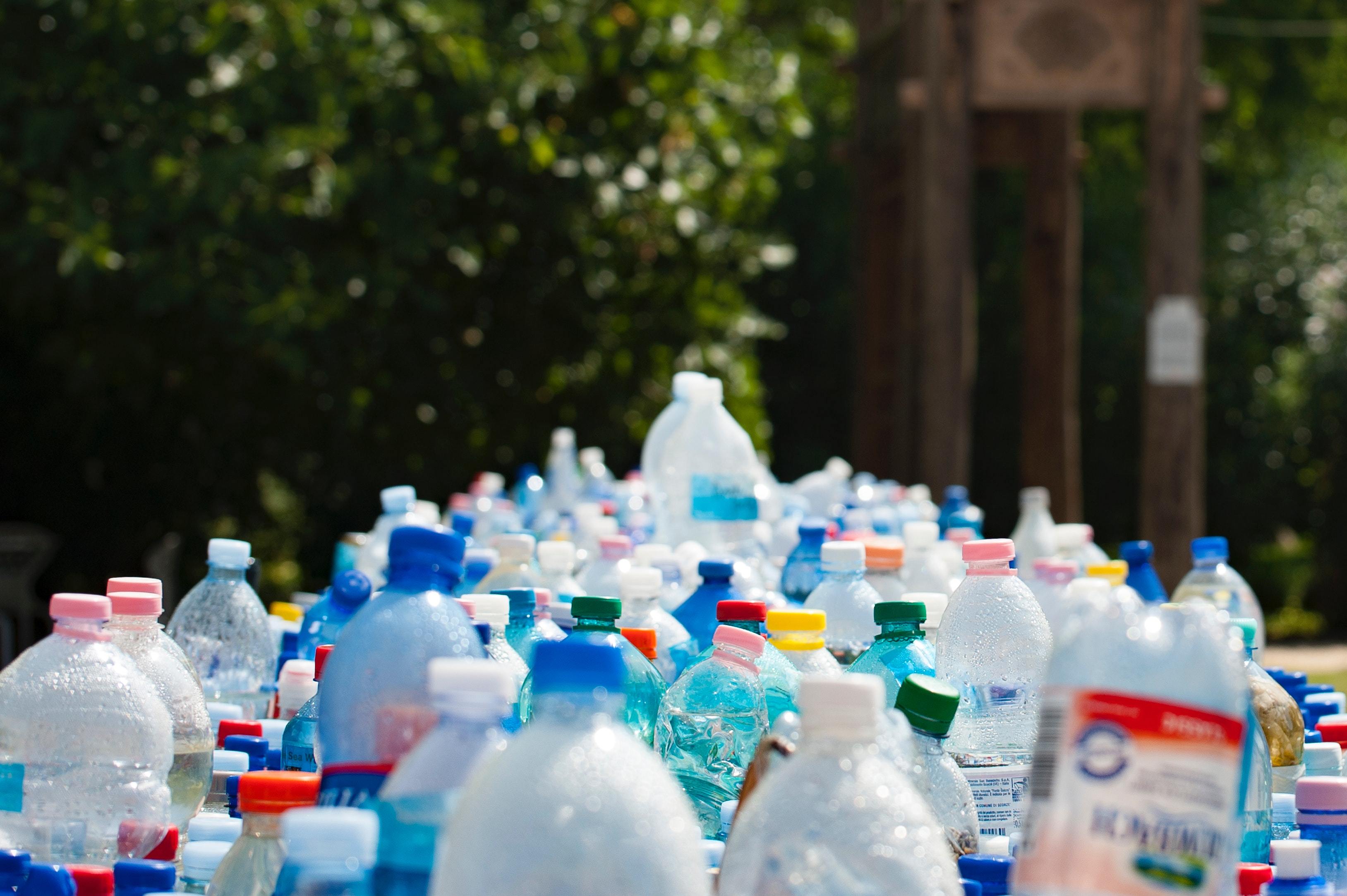Going out to wild places to pick up trash is an amazing way to help lower our human impact on this planet. Collectively, this action does make a difference. Most of us who care about littering also probably do common environmental actions such as recycle properly, turn off the faucet when brushing our teeth, and turn off lights when we leave a room. Still, I know there are more actions that can be done.
A few years ago, the videos of plastic islands the size of Texas terrified and saddened me. Think about it: plastic is everywhere in our lives nowadays. Plastic is woven into our clothes, in containers, in electronics, etc. The uses of plastic that cause the most harm to our environment though, are single-use plastic items. Those most commonly used include water bottles, straws, lids, utensils, bags including grocery store bags and food storage bags, coffee K-cups, and tampons or hygiene items, to name a few. Over the past few years, I have made a conscious effort to minimize my use of these single-use items by making substitutes that are cost-effective and easy. Here are 3 examples to get you started:
1. Straws

Have you ever seen the video of a helpful human removing a plastic straw from a turtle’s nostril? Our society uses straws pretty frequently whenever we get a drink eating out, getting iced caffeinated beverages, or even at home as a fun personal preference –thousands of straws in the garbage at each restaurant or store can easily accumulate in a day.
What you can do: Whenever you eat out and the server asks what you’d like to drink, order, then ask them to please not give you straws. For coffee or tea, try to bring your own refillable cup for the barista to put your drink in –you can usually save a few cents for saving them the cost of the cup, too! You can also get reusable straws that are made out of bamboo or steel (as pictured) to use anywhere.
2. Bags

Plastic bags are everywhere due to their availability at grocery stores and for their durability for food storage, garbage storage, or anything storage. When they get thrown away each day then lay in landfills for hundreds of years or choke and kill the wildlife, that is when the issue arises.
What you can do: First, I’ll address the grocery bags. Invest in a durable, reusable large grocery bag that you can bring each time to the grocery store to carry your food, or even bring a tote bag or backpack. Trader Joes, Sprouts, and even other supermarkets have started to sell these bags all for under $10. Sprouts also gives you a 5-cent discount for each bag you use. When I was in Europe, almost everyone brought his or her own bag because of the plastic bag fee which was super cool to see. If you forget your reusable bag, opt for paper bags if you can, since they are usually made from recycled materials and can be used for composting.
Second, food storage bags like the Ziploc brand can be easily replaced. I have only used one box of sandwich bags throughout my four years of college. I was able to do this by storing all of my lunch or leftovers in Tupperware, washing and reusing the current freezer bags I had, and using Bee’s Wrap -a reusable natural cloth of different sizes made from bee’s wax, tree resin, and organic jojoba oil– to replace cling film. Much of my Tupperware is either microwave safe from common well-known brands, or transformed from restaurants’ to-go containers or from Talenti jars. Another alternative is storing food in cute mason jars, which can also be recycled from glass containers of sauce, jams, salsa, etc. For freezer bags, I use biodegradable bags that can be found at Sprouts or only have a couple sturdy ones that I wash and reuse. As you can see, substitutes for bags do not have to be a significant added cost!
3. Bottles

Similar to the plastic bags, using one plastic bottle a day is a huge negative impact to the environment, even if the bottles are being recycled. I understand that at huge events or camping trips, buying cases of bottles are easy and convenient. Nevertheless, in your everyday life you can omit these purchases. For instance, I have a couple of reusable bottles that I cherish and use daily, such as a Nalgene or Hydroflask. They have been a lifesaver against the dry AZ weather. There are other containers that are aesthetically pleasing as well if you care about that. Also, I have a cheap Britta filtering container that I refill whenever needed in order to get clean water easily. Another pricier alternative could be adding a filter to your kitchen faucet. When I go hiking or on multi-day camping or backpacking trips, I make sure to bring enough containers to hold all the water I can find at the park’s or campground’s water refilling stations.
I hope that by giving examples of how I eliminate the use of some single-use items, you will be inspired to do the same! Every action, little or small, counts. Leave a comment if you’d like to hear about more single-use items to substitute or other ways I minimize my impact to the environment.
Narrator
This blog was thoughtfully written by Annie Nguyen. You can find her on Instagram at @_annien.
We're Just Trying to Keep Nature Wild
This isn't your average outdoor gear... Every purchase helps fund & host wilderness cleanups. Check out some of our favorites in stock right now, or join a cleanup!










Leave a comment
All comments are moderated before being published.
This site is protected by hCaptcha and the hCaptcha Privacy Policy and Terms of Service apply.